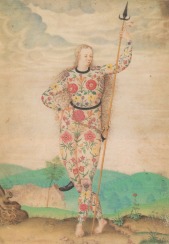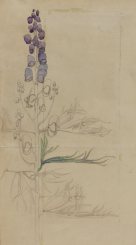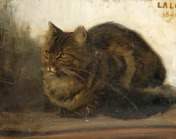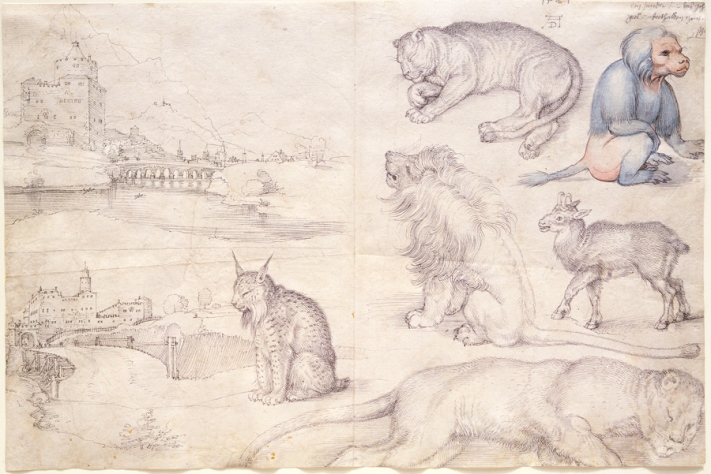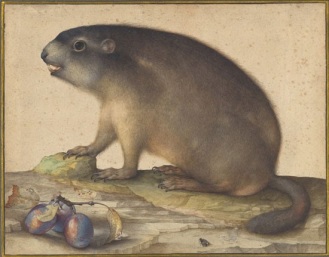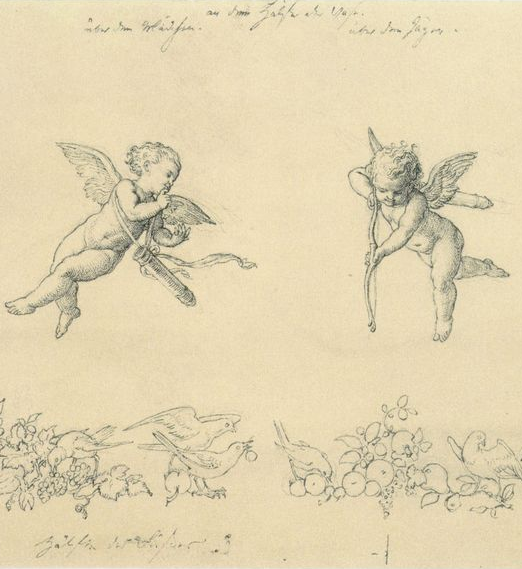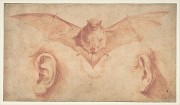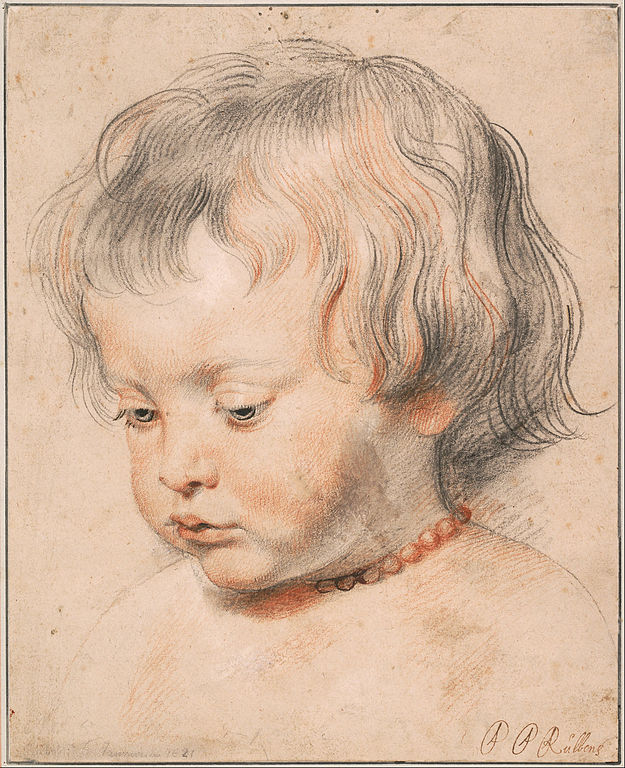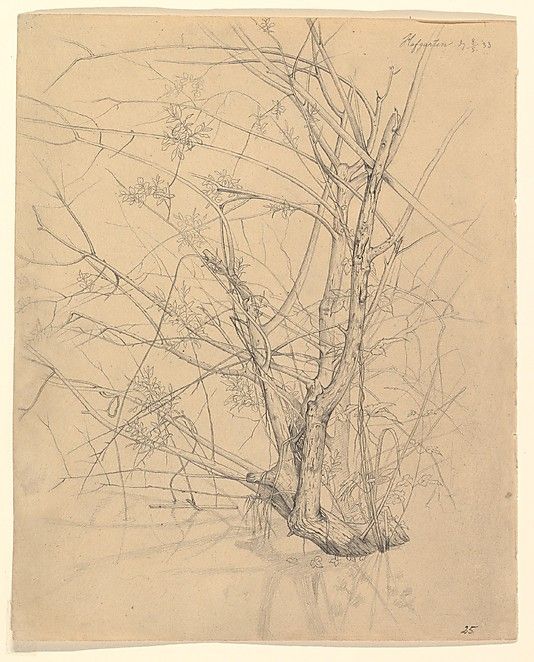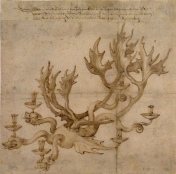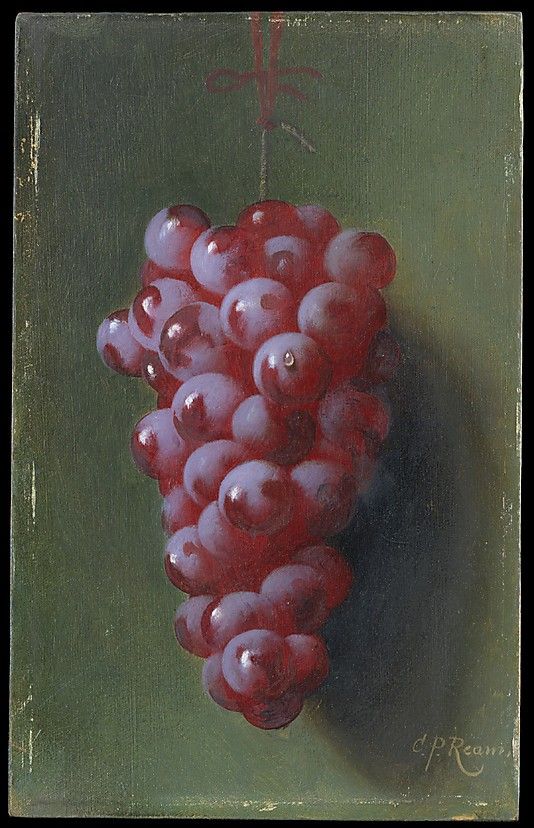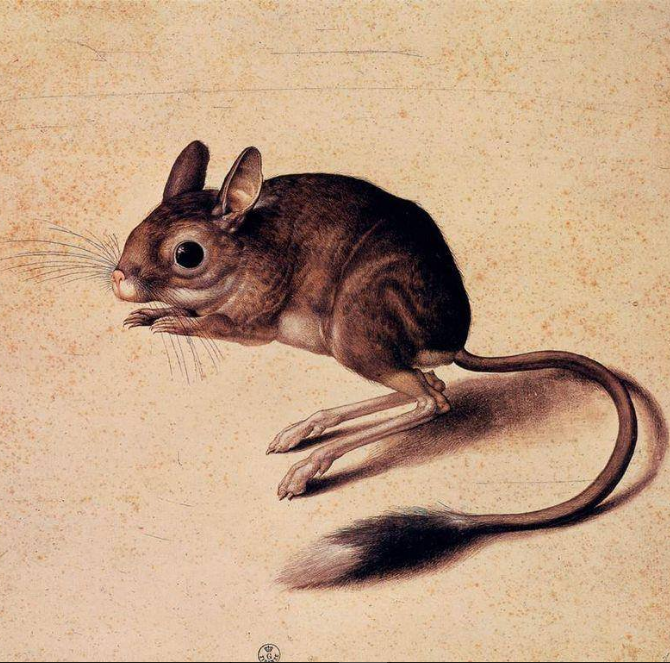
Portrait by George Richmond of Charles Darwin in 1840, four years after HMS Beagle returned to England
Nature News Blog
17 January, 2012|Posted by Brian Owens on behalf of Katherine Rowland
A chance discovery has yielded a “treasure trove” of fossils, including specimens collected by Charles Darwin.
The collection, marked “unregistered fossil plants”, has been gathering dust in a gloomy corner of the British Geological Survey for more than 150 years.
When Howard Falcon-Lang of Royal Holloway University of London happened upon the collection by accident last April, he experienced a moment of disbelief.
Of the 314 re-discovered specimens, 17 have been verified as Darwin’s, samples collected during his voyages on the HMS Beagle from 1831 to 1836.
Two of the slide specimens bearing Darwin’s are fossils of 40-million-year-old trees, which he shipped back to the British Museum where they were cut and segmented using newly developed techniques.
The collection also contains some of the first-ever thin sections – a slide technique of grinding rock and sheath to a microthin sliver to reveal the anatomy of its inner structure.
Falcon-Lang describes the specimens as “exquisitely beautiful,” and the historical record shows that many were in fact made as works of art. Following the invention of the thin-section and the polarizing microscope in 1829, a cadre of professional slide-makers set up new businesses to satisfy the growing demand from gentleman collectors.
The specimens originally belonged to Joseph Hooker, a renowned botanist and a close friend of Darwin who was briefly employed at the Geographical Survey to help produce a comprehensive geological map of Britain and its colonies.
In addition to the specimens given to him by Darwin, Hooker’s collection also includes pieces from the private cabinet of Reverend John Stevens Henslow, who had been Darwin’s mentor at Cambridge and whose daughter Hooker would later marry.
The majority of the pieces are believed to be donations from explorers, missionaries and administrators from across the British Empire.
The Geological Survey implemented a formal registry process for acquisitions in 1848. However, by that time Hooker had left for an expedition in the Himalayas and the collection, according to Falcon-Lang, “passed out of memory.”
http://blogs.nature.com/news/2012/01/darwins-long-forgetten-fossils-unearthed.html




